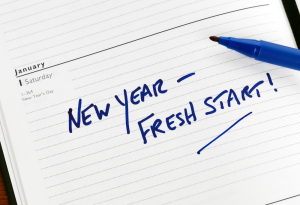— October 26, 2018
You spend hours revising and tweaking your resume, researching tips on the best format, the best words to use, the best this or that. It’s enough to drive you crazy. And yet using what you think is the perfect resume still may not garner you interviews for every position you apply for. That’s because there is no such thing as a ‘perfect’ resume, and here’s why.
Everyone’s Career Path is Different
No two people’s careers look the same. Maybe you worked your way up from the bottom of a company into a management role. Someone else may have switched between two or three different companies to land in a similar spot. Yet another person may have shifted careers entirely.
There is a not a single format that can perfectly encompass these journeys and where job seekers are looking to head. Your resume isn’t set in stone; it’s a fluid document that changes. It’s important to tailor the format to best align with your path and where you’re going. That may mean emphasizing a job you held a few years ago because it’s incredibly relevant to the position you want, or adding a list of technical proficiencies or professional affiliations. Just because a specific format worked well for your friend doesn’t mean it’s right for you.
Hiring Managers Are All Different
Here’s another catch when it comes to the ‘perfect’ resume: What one hiring manager loves, another may hate. Some may be sticklers about how things are laid out or the language used, while others may be more lenient. You can’t please everyone all the time.
Plus, depending on the position, an employer may be looking for different skills or experience to be highlighted. That’s why it is critical to carefully read the job opening and tailor your resume to what that employer is looking for in that particular role. The core competencies you include or how the bullet points are ordered may change from one job you are applying for to the next. Even how you choose to brand yourself could be different if you’re applying for more than one type of role.
Find What’s Right for You
While you do want to follow common resume guidelines such as no objective, avoiding personal information, skipping tables and graphs, and keeping it clean and simple, you also need to find what works best for you and your career. Ten different people will give you 10 different suggestions on what they think you should do differently. Focus on what makes you stand out as a strong fit for the position you’re applying to while being visually appealing. Try different approaches and see what seems to generate more responses.
Business & Finance Articles on Business 2 Community
(85)




